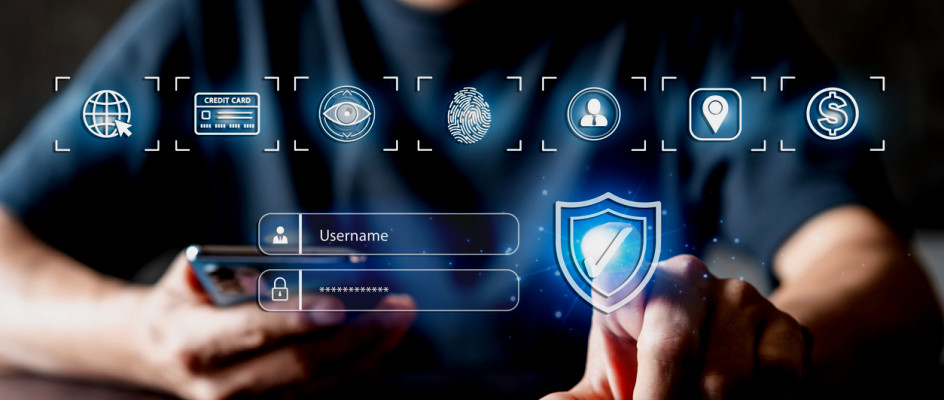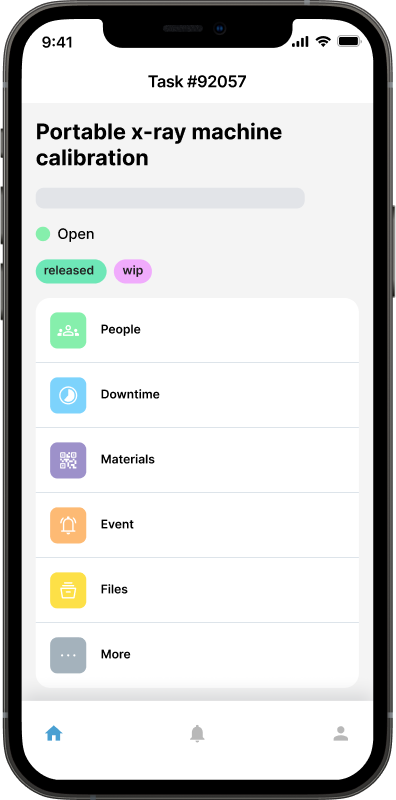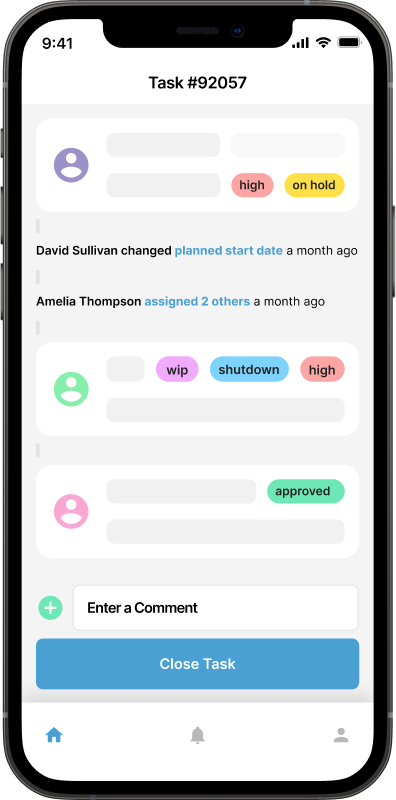Secure CMMS Software: The Key to Protected Maintenance

In an era where every byte of data is a potential powerhouse for efficiency, Computerized Maintenance Management Systems (CMMS) have emerged as critical tools. These systems offer maintenance teams a data-driven advantage, streamlining asset health monitoring, preventive maintenance, and work order management with unparalleled precision. However, as these systems become more integral to business operations, they also become prime targets for cyber threats. I get it - it's a topic that excites few, but securing your CMMS is crucial. To defend this operational lifeline, companies must integrate robust CMMS security measures that extend far beyond traditional defenses.
The Veil of CMMS Software Security
Imagine your CMMS as the digital heartbeat of your organization, connecting data, schedules, and workflows. It’s efficient but vulnerable. As companies depend on this system, they entrust it with sensitive operational data, making CMMS a potential target for cyberattacks. A security breach can dismantle operations in seconds, exposing critical data, risking employee safety, and potentially leading to massive financial and reputational damage. Effective CMMS security is, therefore, not just a benefit but an operational imperative. Organizations that leverage CMMS must prioritize robust security to safeguard their maintenance operations and fortify themselves against escalating cyber risks.
The Vanguard of CMMS Security Features
1. Data Encryption and Protection
Data encryption is the cornerstone of CMMS defense, ensuring that sensitive data remains unreadable to unauthorized users. CMMS systems utilize encryption protocols like AES-256, transforming data into complex codes that require a unique key for access. Encryption secures data both at rest (when stored in the system) and in transit (when shared across networks), shielding it from cybercriminals seeking to intercept or manipulate data.
CMMS platforms aligned with international data protection standards, such as the General Data Protection Regulation (GDPR) or California Consumer Privacy Act (CCPA), reinforce data integrity and compliance. Such compliance mandates outline strict data handling and privacy practices, further enhancing an organization’s defense against breaches.
2. User Access Control and Authentication
User access control is critical to ensuring that only authorized individuals interact with sensitive CMMS data. CMMS platforms can implement robust access management through features such as:
Role-Based Access Control (RBAC): Each employee’s access to data and functionalities is based on their role, limiting their exposure to sensitive information and potential tampering.
Multi-Factor Authentication (MFA): MFA requires additional verification steps, such as biometrics or security codes, reducing the chances of unauthorized access even if login credentials are compromised.
With these controls, organizations create digital “gatekeepers,” ensuring that only verified personnel have the authority to access or modify sensitive data.
3. Compliance Standards and Data Privacy
Compliance standards such as SOC 2 and ISO 27001 represent best practices in security, encompassing operational procedures, risk management, and data integrity protocols. These standards provide a structured approach to data privacy and security, requiring organizations to regularly assess and mitigate risks. CMMS platforms compliant with these standards demonstrate their commitment to protecting data, giving businesses an added layer of confidence that their digital operations are secure.
Adherence to these standards also bolsters CMMS security by embedding secure practices into everyday workflows, guiding companies in safeguarding customer and operational data while aligning with industry best practices. By aligning with compliance standards, CMMS platforms help organizations keep pace with regulatory requirements, ensuring ongoing protection against evolving cyber threats.
The Keystone of Secure CMMS Implementation
A secure CMMS is more than just a sophisticated system; it requires vigilant management. Here are some ways organizations can fortify their CMMS security:
1. Conduct Regular Security Audits
Routine security audits expose vulnerabilities that may otherwise go unnoticed. By periodically examining the system for risks and inefficiencies, companies can address security gaps before they lead to breaches. Professional security assessments evaluate system configurations, access controls, and data handling practices, ensuring that the CMMS system is always aligned with current security standards.
2. Train Employees in Cybersecurity Awareness
Human error is one of the most common causes of cyber breaches. Equipping employees with cybersecurity training helps reduce these risks, ensuring they are vigilant against phishing attacks, password mismanagement, and suspicious activities. With regular training, employees become the first line of defense, enabling a culture of security awareness that extends beyond the CMMS to other digital touchpoints within the organization.
3. Implement Comprehensive Data Management Policies
Effective data management policies establish standards for how data should be collected, stored, and shared within a CMMS. Policies on data handling, access control, and secure password practices serve as the bedrock of a secure digital ecosystem. By establishing clear guidelines, organizations ensure that data is protected and that CMMS users understand their responsibilities in maintaining the security and integrity of sensitive information.
Leveraging Advanced Security Functionalities in CMMS
CMMS platforms are continually advancing to include new security features, giving organizations more tools to protect their systems. Here are some of the security features organizations can leverage:
Advanced Threat Detection: Some CMMS solutions incorporate artificial intelligence to identify unusual patterns or access attempts. By recognizing anomalies, the system can alert administrators of potential security breaches in real-time.
Cloud Security Enhancements: With the rise of cloud-based CMMS platforms, cloud service providers have developed advanced security measures to protect client data. Features like end-to-end encryption, automated backup solutions, and geographically dispersed data centers provide an added layer of security for CMMS users.
Cybersecurity and Business Continuity in CMMS

The integration of cybersecurity with business continuity planning is essential for effective CMMS implementation. In the event of a cyberattack, a business continuity plan ensures that organizations can restore access to CMMS quickly, minimizing downtime and operational disruptions. Key elements of a business continuity strategy may include:
Automated Data Backups: Regular backups stored in secure locations can help businesses recover lost data in case of a breach.
Disaster Recovery Planning: A disaster recovery plan outlines the steps necessary to restore CMMS functionality after a security incident. By defining roles and responsibilities, companies can execute recovery procedures efficiently.
By proactively integrating cybersecurity and business continuity, organizations ensure that their CMMS remains resilient and capable of withstanding potential cyber threats.
Building a Secure CMMS Future
CMMS software has become a cornerstone of efficient maintenance management, yet its effectiveness relies heavily on secure implementation. Through advanced features like data encryption, access control, and adherence to compliance standards, CMMS platforms are designed to protect operational data from cyber threats. However, maintaining CMMS security is a shared responsibility, requiring organizations to foster a culture of cybersecurity awareness and routinely evaluate system defenses.
As companies harness the power of CMMS to drive operational excellence, prioritizing cybersecurity will be critical to preserving this advantage. By combining technological safeguards with a robust cybersecurity framework, organizations can protect the integrity of their CMMS and continue to leverage its potential to elevate maintenance management and operational efficiency in the digital age.

